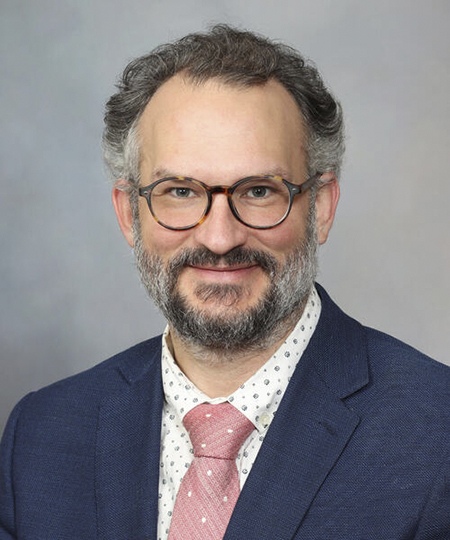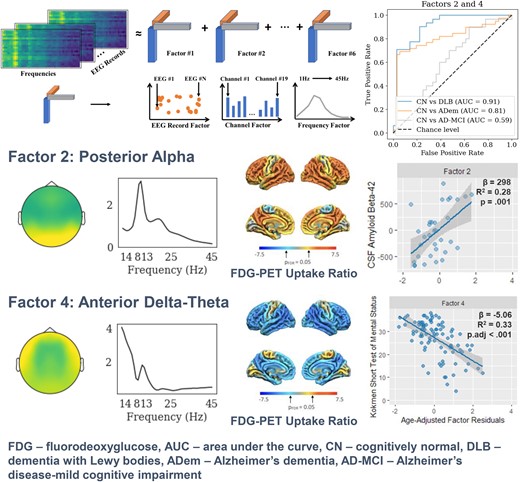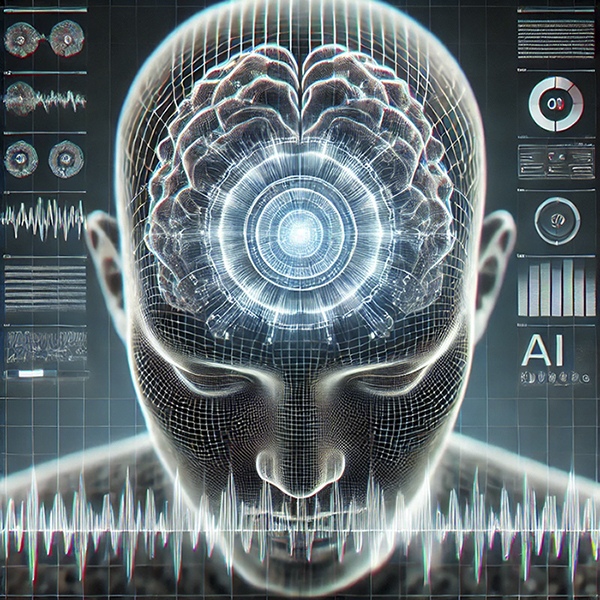
Harnessing AI to Revolutionize Dementia Diagnosis with EEGs by Researchers at Mayo Clinic
Researchers at Mayo Clinic are leveraging artificial intelligence (AI) and machine learning to revolutionize the analysis of electroencephalogram (EEG) tests, enhancing the speed and precision of identifying early signs of dementia. This cutting-edge technology allows neurologists to detect subtle indicators often overlooked in conventional examinations.
EEGs, which have been in use for over a century, involve attaching electrodes to the scalp to monitor brain activity, primarily for epilepsy diagnosis. Traditionally, neurologists interpret the patterns in these brain waves, but the Mayo Clinic Neurology AI Program (NAIP) is showcasing how AI can expedite this process and detect anomalies too subtle for the human eye.

In a recent study published in Brain Communications, Mayo Clinic scientists reveal how AI can transform EEGs into a more accessible and cost-effective tool for diagnosing cognitive disorders such as Alzheimer’s disease and Lewy body dementia. The study suggests that EEGs could become a valuable resource for early detection of cognitive decline, especially in regions with limited access to advanced medical facilities.
Dr. David T. Jones, the senior author and director of NAIP, explains, “There’s a wealth of information in these brain waves about brain health. We explored whether AI could accurately quantify the slowing of these waves, a hallmark of cognitive impairment.”
The research team compiled data from over 11,000 EEGs conducted at Mayo Clinic over ten years. They employed AI to distill complex wave patterns into six distinct features, allowing the model to focus on identifying signs of cognitive issues. Co-first author Dr. Wentao Li noted the technology’s efficacy in swiftly extracting meaningful patterns compared to traditional dementia assessments like cognitive tests and brain imaging.

Dr. Jones emphasizes that while AI-enhanced EEGs won’t replace MRIs or PET scans, they could serve as a cost-effective diagnostic tool, particularly in underserved communities. “Early detection of memory problems is crucial for proper diagnosis and treatment,” he says. “AI-driven EEG analysis could offer a more affordable means to identify early signs of dementia.”
Although further research is necessary to validate these tools, the findings highlight the potential to integrate AI into clinical practice, enhancing existing assessments and broadening access to innovative diagnostic methods beyond Mayo Clinic.
“This project exemplifies the power of multidisciplinary collaboration in advancing healthcare research,” says Dr. Yoga Varatharajah, co-first author and former NAIP research collaborator.
This research is supported by the Edson Family Fund, the Epilepsy Foundation of America, the Benjamin A. Miller Family Fellowship in Aging and Related Diseases, the Mayo Clinic Neurology Artificial Intelligence Program, the National Science Foundation, and the National Institutes of Health.
For a complete list of authors and financial disclosures, please refer to the published manuscript.
About Mayo Clinic
Mayo Clinic is a nonprofit organization dedicated to innovation in clinical practice, education, and research. For more information, visit the Mayo Clinic News Network.